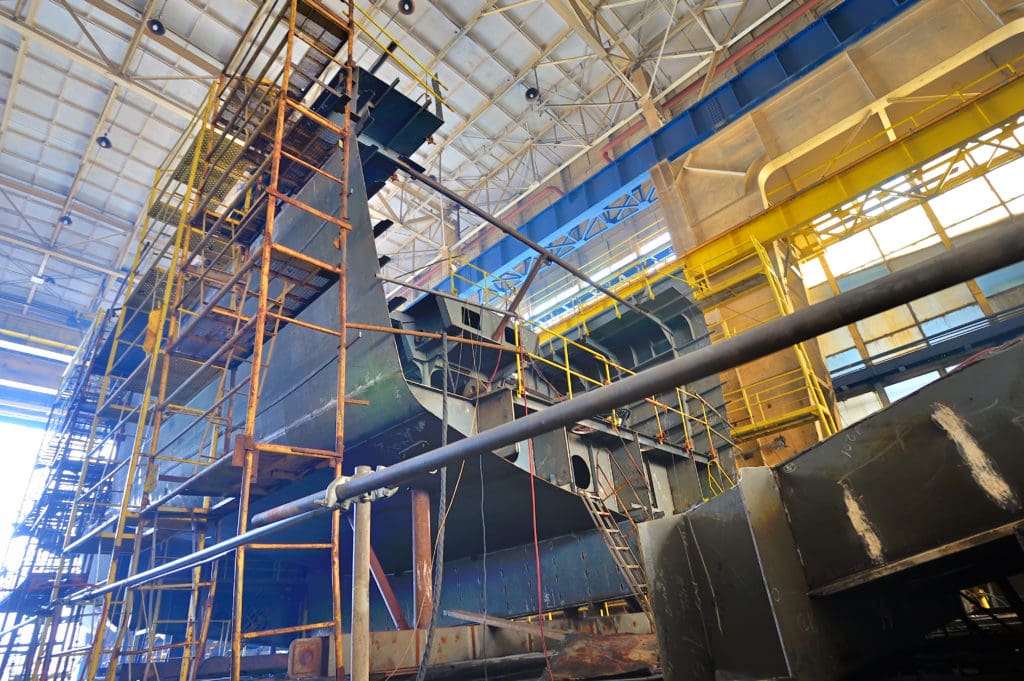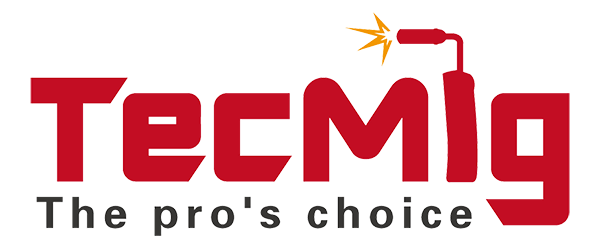The Benefits of T-1 and T-9 Flux-Cored Welding Wires
When industrial welding applications call for a general-purpose welding wire that can be used for a variety of welding applications, T-1 and T-9 flux-cored wires are a frequent choice. From structural steel and shipbuilding to railcar fabrication, T-1 and T-9 wires can offer performance and versatility to meet a wide variety of applications.
With an understanding of T-1 and T-9 wires and their characteristics, along with some tips for how to optimize their performance, companies can gain good weld quality and productivity.
7 wire from Hobart meets the requirements of both T-1 and T-9 classifications without sacrificing performance or mechanical characteristics — maximizing the versatility of these wires.
Benefits of T-1 and T-9 wires
Because many T-1 and T-9 wires are general-purpose wires designed for many applications, they allow manufacturers to maximize versatility by using the same wire for a broad range of jobs — perhaps even for every welding need in the operation. This helps reduce the time and money spent on inventory management.
The wires provide benefits for welding thicker, heavier plates (3/16-inch thickness and up) and applications that require high productivity. Operations that deal with material cleanliness issues — where they don’t have complete control over the condition of incoming parts — can also benefit from using T-1 and T-9 wires.
Another good application for these wires is operations that do a lot of out-of-position welding, like when it’s not practical to move very large parts to weld them. In these applications, there are significant productivity benefits compared to gas metal arc welding (GMAW) or MIG solid and metal-cored wires.
Characteristics of T-1 and T-9 wires
There are many characteristics of these wires that make them good general-purpose wires across a wide variety of industrial welding applications.
Mechanical and chemical properties: In most cases, the wires provide far above the mechanical and chemical properties needed for industrial welding.
Hydrogen levels: H8 low-hydrogen classifications (meaning the wire has less than 8 milliliters of hydrogen per 100 grams of weldment) are commonly available with these wires.
Weldability: T-1 and T-9 wire classifications are known for great weldability, making them very welder-friendly. They are extremely tolerant of varying parameters, operator technique and base material conditions, such as the ability to weld over rust and scale.
Arc characteristics: The wires are formulated to provide a stable arc, smooth transfer and small globule size.
Slag system: T-1 and T-9 wires have a thin slag that is easy to remove, which helps save time and money in post-weld cleanup.
Spatter levels: Low spatter levels also contribute to time saved in post-weld cleanup.
Bead appearance: Good bead appearance and wetting action is another highlight of these wires.
Shielding gas for T-1 and T-9 wires
The use of an external shielding gas is required for these gas-shielded flux-cored wires as opposed to self-shielded flux-cored wires.

Another good application for T-1 and T-9 wires are operations that do a lot of out-of-position welding, such as when it’s not practical to move very large parts to weld them.
Many wires in the T-1/T-9 classification can be used with either 100% carbon dioxide or an argon/CO2 mixed shielding gas, depending on the specific wire and desired welding characteristics. The AWS classification will denote a C or an M (or both) to designate the shielding gases that can be used with the wires.
Operators will see differences in the performance characteristics and mechanical properties of the weld depending on which gas they use, and there are pros and cons to both gas options.
Using a 100% carbon dioxide gas typically provides greater penetration, but it can also result in more spatter, a more erratic arc and welds with a lower tensile strength and higher ductility. In comparison, using an argon/CO2 gas blend offers less spatter, a very stable arc, and a weld with higher tensile strength and lower ductility, but it also delivers less penetration. Although the typical mechanical properties of the wires will differ depending on the shielding gas that is used, if a wire is classified to be used with both C (100% CO2) and M (argon/CO2 mix), the product will meet or exceed all requirements of its classification.
Recommended techniques
While the wires are very tolerant of variances in operator technique or welding parameters, there are a few best practices that can help optimize results when welding with T-1 and T-9 wire classifications.
One of the biggest tips is to use a drag technique with a slag-producing wire, rather than using a push technique (as with a GMAW or MIG wire).
In addition, a slightly longer stickout should be used than what is used with solid wire MIG welding. Generally, arc characteristics deteriorate with a longer stickout, and the arc will start to become unstable. But flux-cored wires can tolerate a longer stickout and still maintain their arc characteristics.
Maximize versatility with T-1 and T-9 wires
Wires under the T-1 and T-9 classification provide excellent weldability, low spatter and nice bead appearance. In addition to these characteristics, the wires have wide operating windows and are more tolerant to the operator’s technique, which can help manufacturers improve the productivity and quality of less-experienced welders.
T-1 and T-9 wires are often a good option in general manufacturing applications that don’t require extreme toughness or other mechanical properties. It’s important to understand the characteristics of a wire and when it performs best to choose the right option for a specific welding application.
Copied from https://www.hobartbrothers.com/2021/12/the-benefits-of-t-1-and-t-9-flux-cored-welding-wires/



